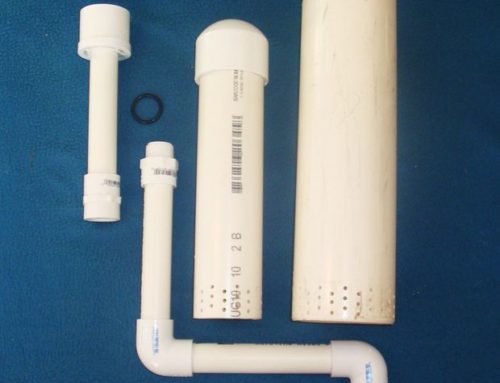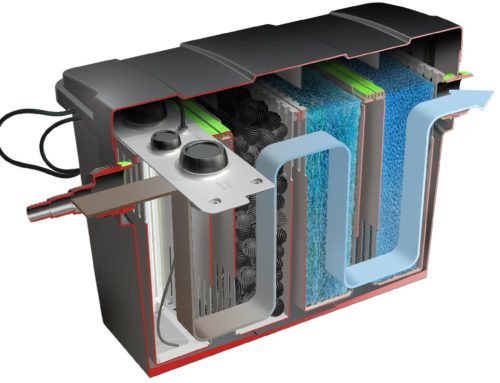How do we rid the world of hunger?
Answer: We can’t – unless we can get modern agricultural technology to smallholder farmers.
The challenge is massive. The world’s smallholder farmers – generally speaking, those who operate farms of a few acres or less – account for more than 90 percent of the world’s farmers, most of them in rural areas of the developing world where poverty and hunger are widespread. I’ve seen first hand how bad roads, poor communication, lack of quality inputs like good seed and fertilizers, food waste due to lack of refrigerated storage and contamination, and a tangle of other obstacles including government policies, have kept these growers from advancing – keeping their yields (production per acre) and return on investment at only a fraction of those achieved by their counterparts in the developed world.
- There is broad consensus that many of these complex problems can be solved with the help of science.
- For example, Dr. Shapiro wants to use technology to solve the problem of aflatoxin, which contaminates approximately one quarter of the food crops in the world, causing enormous waste as well as growth stunting and liver cancer in thousands who consume it.
- In another example, genetically modified (GMO) seeds that have already been developed could immediately help mitigate damage from one of the greatest threats currently facing African agriculture – the fall armyworm.
- Non-science-based regulations throughout the continent also deny these same farmers access to safe and effective weed control technology that is widely used across the Western world.
- When it comes to seeds, there have been quite a few PPPs that have successfully bred crops that are better suited to grow in the Sub-Saharan environment.
- New gene editing techniques can also provide transformational improvements at a relatively low cost.
- Breakthroughs in digital communication technology are also making it possible to communicate directly with individual smallholders – helping them overcome the historic obstacle of isolation.
So…what’s missing?
If the scientific capability is there and the barriers to adoption are low – and there is obviously dire need – what is keeping modern agricultural technology from getting to smallholders in developing countries? In my view, two main things are still needed: regulatory easement and large-scale seed production.




